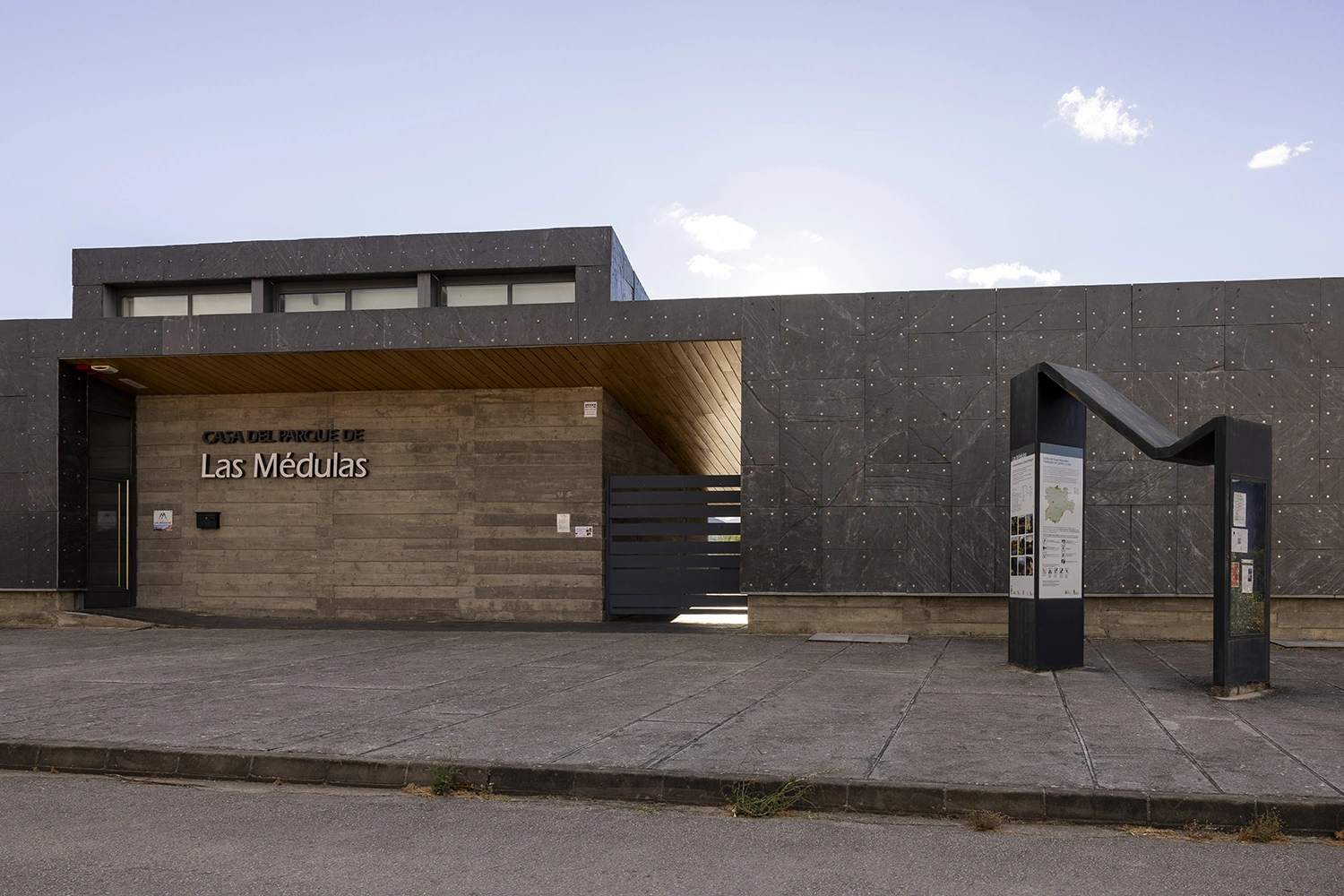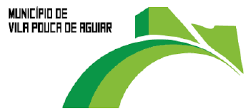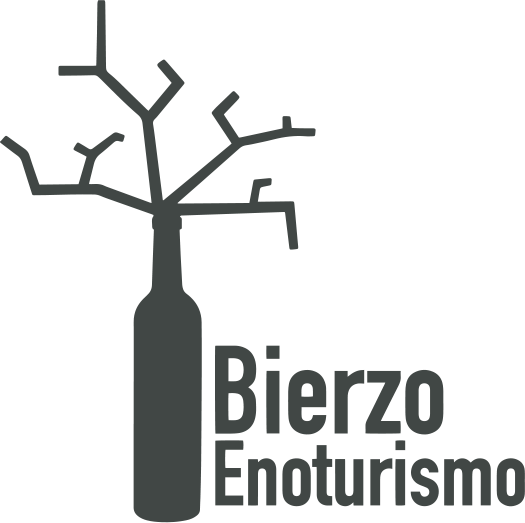Tresminas Archaeological Park
Tresminas Archaeological Park
In the north of Portugal, there is a place where time has stood still to tell a story. An exceptional landscape where the jet-black of the rock and the green of the flora intertwine, bearing witness to the passage of the warriors of Hispania through a key location in their civilization.
Did you know...
Las Médulas and Tresminas were the largest and most prolific mining operations in Hispania, enclaves of utmost strategic importance for the establishment of the gold aureus as the Roman currency, compared to the silver denarius that preceded it.
Tips
Opening hours of the Interpretation Center: Tuesday to Sunday, from 10:00 AM to 6:00 PM
Address: Rua Central 5, Tresminas (Vila Pouca de Aguiar)
Consejos de otros viajeros
When visiting the Tresminas Roman Mining Complex, it is advisable to wear comfortable clothing and footwear. If entering the mines on a guided tour, helmets will also be provided for the safety of visitors. In winter, temperatures in Vila Pouca de Aguiar typically range around 8°C, with minimums rarely dropping below 2°C and maximums usually not exceeding 15°C. Therefore, if visiting during the colder months, it is recommended to bring warm clothing.
In summer, the minimum temperature hovers around 13°C, and the maximums are around 27°C. In any case, a light jacket can be useful even during the warmer months, as the temperature inside the galleries tends to be cooler.
Tips
It is advisable to bring water and a fully charged mobile phone for the tours. Sunscreen is another essential, as well as a hat on the sunniest days of the year for the trail routes.
For more information, visit https://tresminas.com/
What to eat
As for the gastronomy of Vila Pouca de Aguiar, the region is known for its production of chestnuts and wild mushrooms—another similarity to the Bierzo region, in addition to its relevance to Roman history—as well as its goat meat, typically served roasted.
Cozido is another deeply-rooted dish in this land. It is a hearty stew made with various meats (beef, chicken, and pork), different types of sausages, smoked bacon, beans, and vegetables, and is often served with rice.
More than 2,000 years have passed since the Romans arrived at the Tresminas Archaeological Park, using it as a strategic site to obtain the gold with which they minted their coins. It was one of the most important mines in the Roman Empire. Even today, if one stops to listen closely to the whisper of the wind, one can hear the mountain blasting, the water flowing through the aqueducts, the wheels of carts turning, and the effort of the Romans who once toiled on this land.
Located 107 kilometers from Braga, 140 kilometers from Porto, and only 40 kilometers from Chaves, in the town of Tresminas, within the municipality of Vila Pouca de Aguiar, this open-pit mining complex stretches across approximately 200 km² of schist formations. It is now one of the most remarkable witnesses to Roman gold extraction, both for its vast size and its exceptional state of preservation.
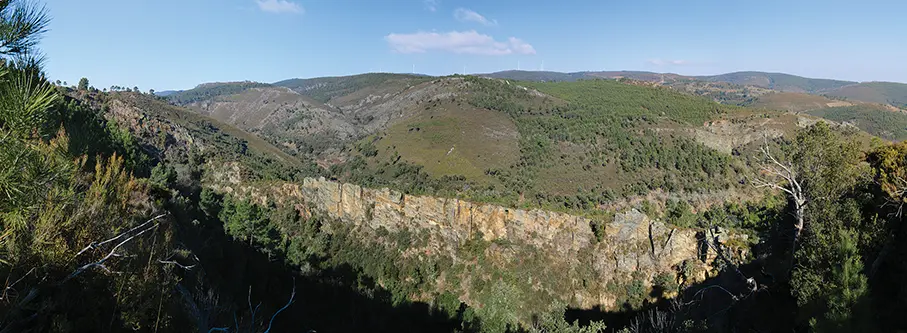
The Tresminas Archaeological Park, situated just 200 kilometers from Las Médulas in León, Spain, was a mine exploited from the reign of Emperor Augustus (27 B.C. – 14 A.D.) until the time of Septimius Severus (193–211 A.D.). Over more than two centuries of activity, it is estimated that around 25 tons of gold were produced.
Its archaeological significance is a testament to the history of Roman gold mining in Hispania. Given its great archaeological and cultural value, the Las Médulas Foundation and the Vila Pouca de Aguiar Town Council have joined forces to promote the joint recognition of the Cultural and Natural Site of Las Médulas and the Roman Mining Complex of Tresminas. Their goal is to have Tresminas included in the World Heritage designation of Las Médulas, extending its boundaries to encompass this transboundary treasure.
The power of water for gold mining in the Roman Empire
The Roman people were highly skilled in harnessing the power of water for gold extraction from mountainous terrains. This expertise is clearly evidenced at the Tresminas complex, which comprises three open-cast mines (cuttings into the mountain): two of considerable size—Corta de Covas and Corta de Ribeirinha—and a smaller one, Corta de Lagoinhos.
The Romans constructed two dams on the Tinhela River to store water, which was then transported via aqueducts and tunnels to the mining site. Additional channels also sourced water from the Curros River and the Fraga stream. Although water played a crucial role in both Tresminas and Las Médulas, the extraction techniques employed were distinct.
In Las Médulas, they used the ruina montium technique, where water was channeled to the mountain, stored there, and then its force was used to collapse the mountain, washing the gold-bearing soil down to the washing stations.
In contrast, the methods employed at Tresminas were quite different. When the primary deposit was located in the small Lagoinhos open-cast mine, gold was extracted using trenches or galleries dug into surface veins. This process involved manual tools such as picks, wedges, shovels, and other implements, without relying on hydraulic power.
This same technique was initially used in the larger Covas and Ribeirinha mines. However, upon discovering that the gold was embedded within the rock itself, the Romans transitioned to open-pit mining. To extract the ore, the mineralized rock was first manually removed using tools like picks, hammers, and wedges, and they even employed fire and water to exploit thermal shock. The rapid temperature changes caused the rock to fracture more easily. Ultimately, it was a masterful feat of engineering and a remarkable display of technical and physical effort to obtain the precious metal.
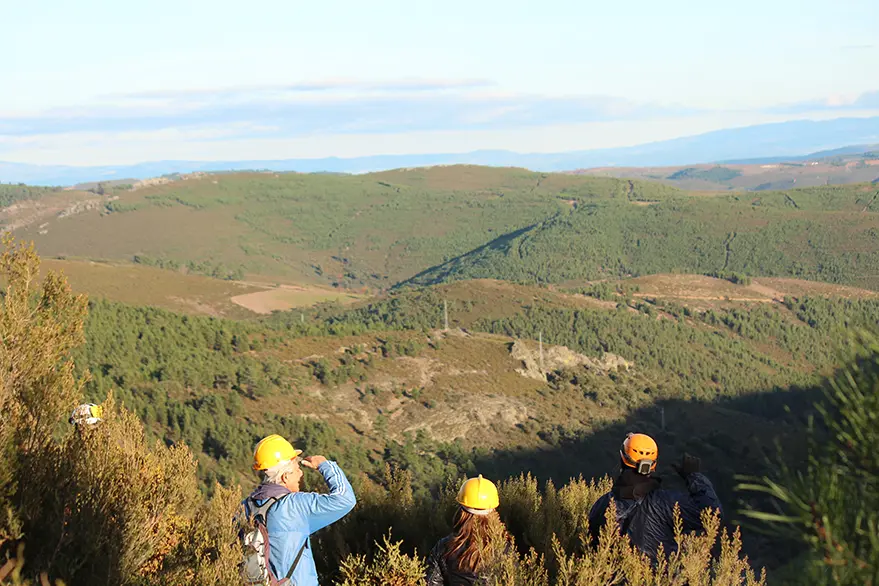
After breaking and extracting the rock, it was crushed on-site, where a selection process took place to separate the fragments containing mineral deposits. As the work progressed, it became necessary to excavate horizontal galleries to facilitate the extraction of material from the rock and also to drain the water used within the mine. These galleries were traversed by carts drawn by animals, and the erosion caused by their wheels is still visible today in some of them.
Subsequently, the selected ore was transported to the milling area, where hydraulic power was once again employed through the use of mills. These mills operated large pounding devices that were used to crush and grind the stones removed from the mountain. The historian Pliny the Elder describes how the material was reduced to a “flour dust” after being crushed, ground, and washed.
Once the gold powder was obtained, it was transported to the washing areas, where water once again became the tool used for panning and cleaning, thereby separating the gold nuggets from the ore.
In essence, hydraulic power was employed both for open-pit extraction and for the subsequent washing of the gold, as noted in the Bolehn Geológico y Minero in its volume on ‘The Gold Museums of Europe’. According to the Visit Portugal portal, the open-pit mining system in these sites was originated from large craters, which were complemented by a sophisticated network of galleries used for transporting, filtering, and processing the valuable minerals.
Furthermore, some of these galleries opened into valleys that served as dumping grounds for the debris and waste produced by the extractions. These tailings dumps are still visible in the landscape today.

Las Médulas and Tresminas, source of wealth
The gold extracted from Tresminas was used to mint the Roman gold coin, the aureus. The Roman Mining Complex of Tresminas stands as one of the most significant gold mines of the Roman Empire. Notably, this monumental ensemble was recognized as a Property of Public Interest in 1997 and was granted National Monument status in November 2024.
The reddish soil of Las Médulas was exploited by the Romans from the late 1st century BCE until the end of the 2nd century CE, during which time it is estimated that between 4,000 and 5,000 kilograms of gold were extracted. As a result, both mining operations were active concurrently for part of their history, with both sites beginning their operations during the reign of Emperor Augustus, following the victory in the Cantabrian Wars.
Both mining complexes were among the most extensive and productive in Hispania, and they played a strategically crucial role in the establishment of the aureus as the Roman currency, replacing the earlier denarius silver coin.
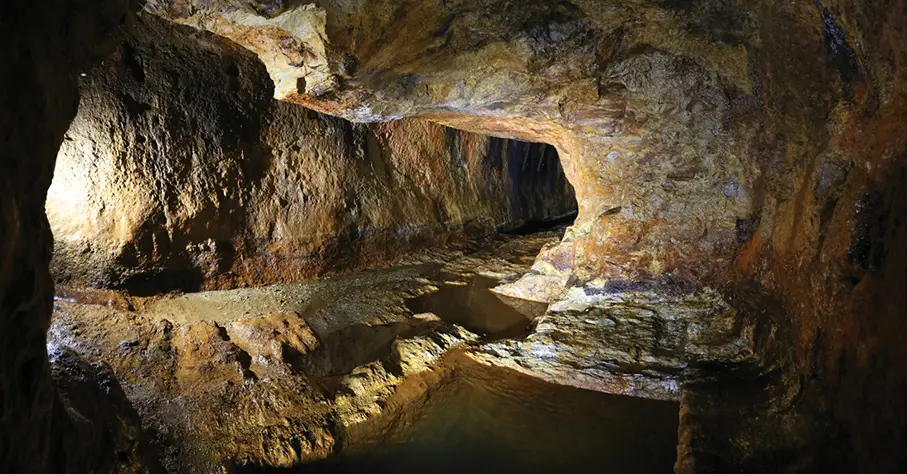
What to See in the Tresminas Archaeological Park
To make the most of a visit to the Roman Mining Complex of Tresminas, it is recommended to begin at the Interpretation Center, a museum complex that includes exhibition spaces where visitors can learn about the historical, archaeological, and natural context of the mining area. Here, visitors will gain a deeper understanding of the methodologies used by the Romans to extract and process gold, through the display of objects, infographics, and images. Outdoors, visitors can even see the mills that the miners used to crush and pulverize the mineralized rock.
Next, the visit continues with a walking tour through the inner workings of Tresminas. Along the route through the Archaeological Park, there are viewpoints overlooking the open-cast mines, as well as interpretative panels, marked trails, and picnic areas, in accordance with the Roteiro das Minas e Pontos de Interesse Mineiro e Geológico de Portugal.
The visible open-pit mines today are:
- Corta de Covas: 430 meters long and 60 meters deep
- Corta de Ribeirinha: 370 meters long and over 100 meters deep
- Corta de Lagoinhos: 100 meters long and 9 meters deep
There are two routes available, one of greater difficulty and another suitable for all visitors:
- Viewpoints Trail (Trilho dos Miradouros), an easy and short route, suitable even for children, which provides access to strategic points for observing and interpreting the landscape. It stretches over a distance of 1,050 meters, with an approximate duration of 45 minutes.
- For the more adventurous, the Corta da Ribeirinha Trail (Trilho da Corta da Ribeirinha) includes a visit to the interior of the Galeria dos Alargamentos (Enlargements’ Gallery), descending to the center of the Corta da Ribeirinha, thus venturing into the heart of the mine. This route, of moderate difficulty, requires prior reservation and must be accompanied by a guide. It spans 1,475 meters, with a duration of around 80 minutes.
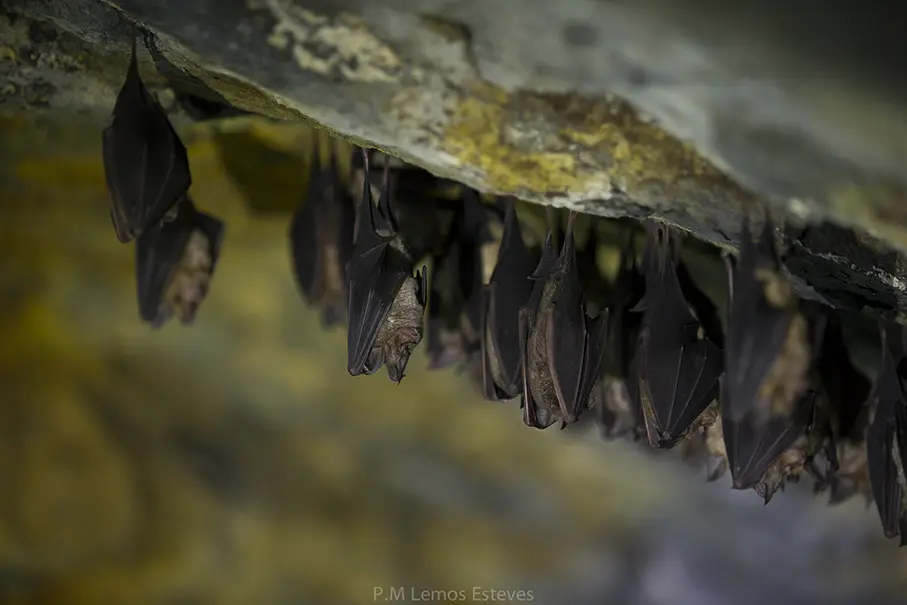
The natural landscape that forms the Tresminas site boasts a diverse habitat, where birds of prey coexist with flying mammals such as bats. Additionally, the region’s flora is rich in heathers and oaks. The panoramic view it offers to visitors is a peaceful natural environment, where vegetation has made its way through, covering the stone mantle as if nothing had ever occurred there.
However, the large open-pit mines, the tailings on the slopes of the mountains, the access points to the galleries that resemble caves, and the traces of cart tracks inside them, all depict the scene of what was once a prodigious feat of engineering, marked by the admirable efforts of the Roman people to amass the wealth of this land.
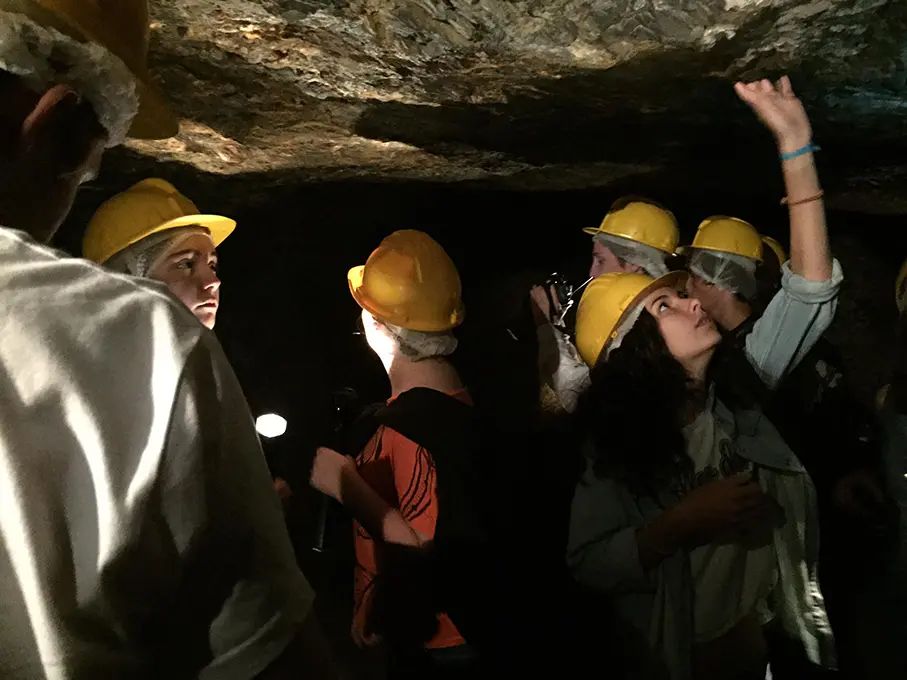
How to Book a Visit to the Tresminas Archaeological Park
No prior reservation is required to walk the Viewpoints Trail. However, if you wish to take the Corta da Ribeirinha Trail and access the interior of the galleries, it is necessary to reserve a guided tour in advance.
Reservations can be made, at least 48 hours in advance, through the booking section of the Fundación Las Médulas.
- Opening hours of the Interpretation Center: Tuesday to Sunday, from 10:00 AM to 6:00 PM
- Address: Rua Central 5, Tresminas (Vila Pouca de Aguiar)
How to Get to the Tresminas Archaeological Park
The Tresminas Interpretation Center is located at Rua Central, 5 (Tresminas). Just a few meters away, visitors will find a small parking area in case they arrive by car. The journey from Vila Pouca de Aguiar takes approximately 22 minutes via the R206 road.
For those using public transportation, take the MU039 bus to the Três Minas stop, and continue on foot for about 17 minutes to reach the Tresminas Interpretation Center.
If you prefer to skip the Interpretation Center and head directly to the open-pit mining site, the drive from Vila Pouca de Aguiar takes about 19 minutes, also via the R206 road. Upon arrival at the Roman Mining Complex (coordinates 41.493969, -7.523282), there is a large parking area for vehicles.
By bus, take the MU039 line and get off at the Covas stop, then walk 8 minutes to the archaeological site.
Other Places of Interest to Complete the Visit
Moorish Castle (Castro) in Cidadelha de Jales
Archaeological remains, such as Roman bridges and roads, in the area attest to the passage of time and the ancient presence of the Romans in the region. In addition to the Roman Mining Complex of Tresminas, the area offers other attractions worth visiting, such as the Roman bridge over the Pinhão River in Barrela de Jales, or the castro of Cidadelha de Jales. On the PR3VPA route, called the Trilho Terras de Ouro, hiking and history converge, as it passes through the lands of Jales and also through the castro, a walled settlement dating back to the Iron Age. During Roman times, this site was crucial for gold extraction due to its location near the Tinhela River and the Gralheira mining center, in perfect alignment with the mining zones of Tresminas and Jales.
Jales Mining Interpretation Center
The presence of gold in the region was decisive for the Roman occupation of the territory, as well as for the development and progress that took place in the Jales Plateau during the modern era, as mining activities were resumed in the 1930s. At the Jales Mining Interpretation Center, located in the Casa do Guincho do Poço de Santa Bárbara, visitors can explore a replica of a contemporary mining gallery.
The Vila Pouca de Aguiar Municipal Museum offers visitors an insight into the history of the municipality, from prehistory to the 20th century, with special emphasis on the section dedicated to gold mining in Tresminas and Jales.
Aguiar da Pena Castle
Recognized as a National Monument since 1982 and classified as part of the Natura 2000 network, the rock castle at the head of the medieval Terra de Aguiar de Pena (now corresponding to the municipalities of Vila Pouca de Aguiar and Ribeira de Pena) is strategically located, overseeing the Aguiar Valley. It sits on the slopes of the Serra do Alvão, flanked by a naturally beautiful landscape. It is believed that the castle was occupied during the Middle Ages and early Modern Period, as documents record its abandonment in the early 16th century. In addition to being a cultural asset of historical significance, the monument also serves as one of the region’s finest viewpoints, offering a privileged view of the area. Not far from the castle, the Alvão Lagoon is the perfect spot to complement the visit, supported by the Environmental Education Center.
Alto Tâmega Region – Thermalism and Wellness
The Alto Tâmega region stands out for its notable thermal offerings, as it is home to three of the most renowned thermal spas in Portugal: Pedras Salgadas, Vidago, and Chaves. In the municipality of Vila Pouca de Aguiar, located in a natural area with diverse flora, the Pedras Salgadas thermal park allows visitors to explore the naturally carbonated spring waters, the spa converted into a wellness center, and the museum dedicated to thermalism and the “Água de Pedras Salgadas” brand. In Chaves, thermalism dates back to Roman times, making it a reference point for visiting the Roman medicinal baths near the Trajan Bridge, where visitors can also drink the famous hot waters that have made the area well-known in the realms of thermalism and wellness.
Once in the region, it is essential to complement visits and walks with good gastronomy and wines of Trás-os-Montes region, whose production and distribution have been promoted by regional institutions at places such as the Casa do Vinho in Valpaços, or events like the Aqua Wine Fest.
Inspiration for your trip
The personalised information they provide according to the interests of visitors is the best way to ensure an unforgettable stay.
Las Médulas form a Cultural Space that begins with the union between water and the human hand to lead it into the interior of the mountains.
Be prepared to visit as many as you can, because they are home to traditional architecture made from the materials of the surrounding landscape.
News
No posts found!


